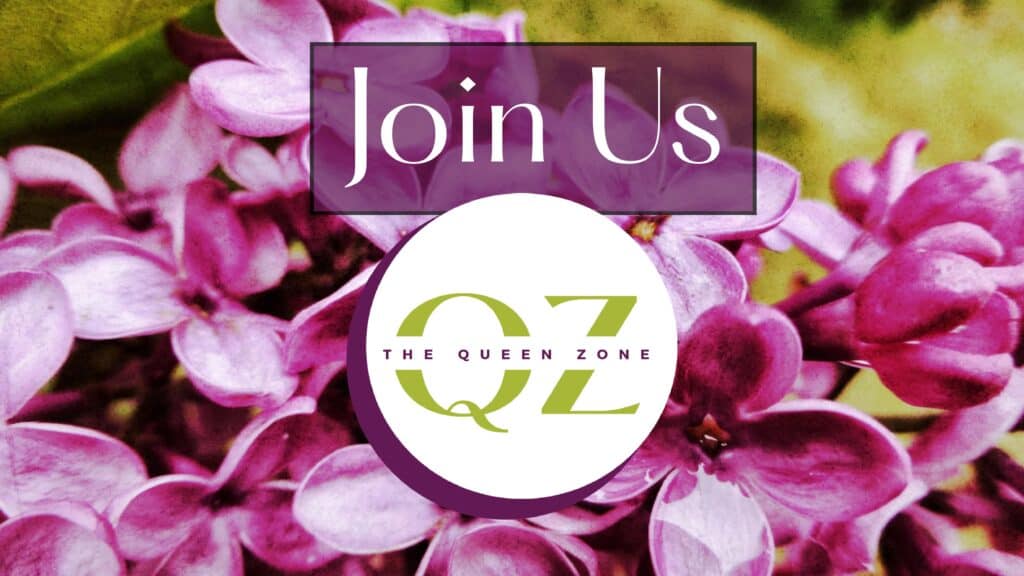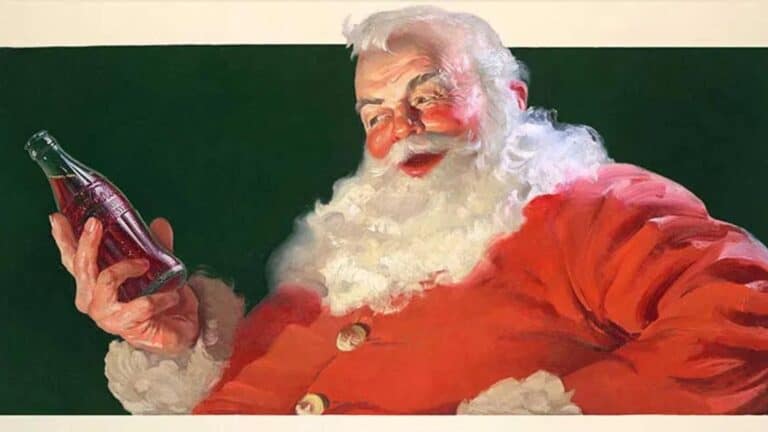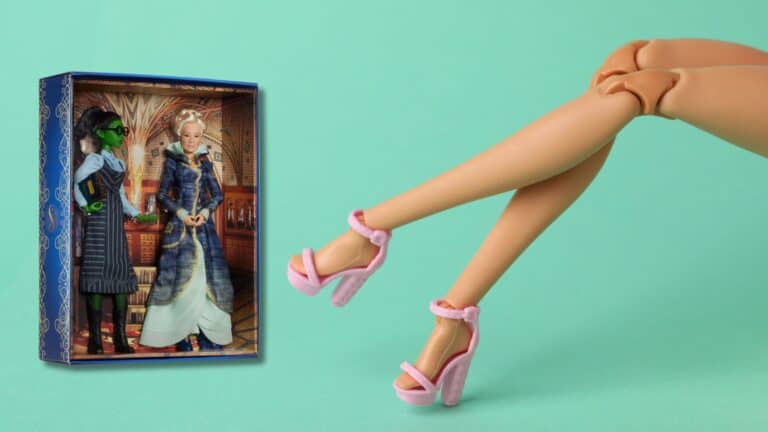Is That Old Jewelry or Art Worth Something? How to Find Out Without Getting Scammed
Have you ever stumbled across a piece of old jewelry in your grandmother’s attic or found an old painting at a thrift store and wondered if you might be sitting on a fortune? It’s a common fantasy—turning a forgotten heirloom into a life-changing payday. But how do you know if something is actually valuable? And more importantly, how do you avoid getting ripped off when trying to find out?
Let’s look at the world of treasure hunting, covering how to determine if your jewelry, art, or antiques are worth something, the best ways to get them appraised, and how to protect yourself from shady dealers.
Step 1: The First Look – Is It Even Worth Investigating?

Before rushing to an appraiser, you can do some basic detective work yourself. Here’s what to look for:
Jewelry

- Check for Hallmarks or Stamps: Precious metals like gold, silver, and platinum are often stamped with purity marks (e.g., “925” for sterling silver, “750” for 18k gold).
- Look for Brand Names: High-end brands like Tiffany & Co., Cartier, or Van Cleef & Arpels tend to hold significant value.
- Assess Gemstones: Diamonds and other precious stones can be valuable, but quality matters. Check for clarity, cut, and color.
- Weight and Feel: Precious metals are denser and heavier than fake ones. If it feels too light, it may not be genuine.
Art

- Check for a Signature or Marking: A signature on a painting or sculpture can be a big clue. Research the artist online to see if they have a following.
- Material Matters: Is it an oil painting on canvas, or a cheap print? An original piece of art is more valuable than a mass-produced reproduction.
- Provenance: Any documentation showing where the artwork came from (like auction receipts or gallery records) increases its value.
- Condition: Tears, fading, and damage can lower value, but restoration might help—if done right.
Antiques and Collectibles

- Check for Maker’s Marks: Furniture, pottery, and even old silverware often have marks indicating their origin and maker.
- Rarity: A one-of-a-kind item or something from a limited production run is often worth more.
- Historical Significance: If an item has a connection to an important historical event or person, it can be valuable.
- Demand: Just because something is old doesn’t mean it’s valuable. Trends in antique collecting change, so research what’s currently in demand.
Step 2: Research It Yourself

Once you’ve identified potential value indicators, do some research before taking your item to an appraiser.
- Google It: Search for similar items online and see what they sell for. (use Google Image Search to quickly find similar items)
- Auction House Websites: Sotheby’s, Christie’s, and Heritage Auctions have extensive archives of sold items, which can help you gauge value.
- Online Marketplaces: Check eBay’s “Sold” listings to see if similar pieces have actually sold (not just been listed).
- Art & Antique Databases: Websites like WorthPoint or AskArt can give insights into values.
- Jewelry Price Calculators: If you suspect a piece is gold or silver, you can calculate its melt value based on current precious metal prices.
If your item seems promising, it’s time for the next step—professional evaluation.
Step 3: Get a Professional Appraisal

Don’t sell yourself short! There is only so much you can discover or tell on your own. Pros are pros for a reason.
Why You Need an Appraisal

If you believe your item is valuable, getting a professional appraisal is crucial, whether you plan to sell it, insure it, or just satisfy your curiosity.
But not all appraisers are created equal. Some are reputable professionals, while others are, well… not.
How to Find a Qualified Appraiser

Look for someone who is:
Certified – The best appraisers are members of professional organizations, such as:
- The American Society of Appraisers (ASA)
- The International Society of Appraisers (ISA)
- The Appraisers Association of America (AAA)
Independent – Avoid appraisers who also buy and sell similar items. There’s a conflict of interest—they might offer you less than it’s worth.
Experienced in Your Item Type – A jewelry appraiser won’t be the best person to evaluate a rare painting, and vice versa.
Types of Appraisals

Not all appraisals serve the same purpose. Here’s what you need to know:
- Fair Market Value Appraisal: Used when selling an item. This reflects what buyers are actually paying.
- Insurance Appraisal: Usually higher than market value, since insurance companies’ base payouts on replacement costs.
- Auction Estimate: Provided by auction houses, this gives you a realistic selling range.
Expect to pay for an appraisal—fees can range from $50 to several hundred dollars, depending on the complexity of the item.
Step 4: Selling Your Treasure (Without Getting Scammed)

So, you found out your item is worth something. Now what? If you decide to sell, be smart about it.
Where to Sell

- Auction Houses: Good for high-end or rare items. Large houses like Sotheby’s or Bonhams can help maximize value.
- Specialty Dealers: If you have something niche (like rare coins or vintage watches), go to a dealer who specializes in that field.
- Online Marketplaces: eBay, Etsy (for vintage items), and Ruby Lane (for antiques) can work if you’re comfortable selling directly.
- Jewelry Buyers: If selling gold or diamonds, go to a reputable buyer (not a pawn shop). Compare multiple offers before committing.
Avoid These Scams

- “We’ll Buy It On the Spot” Offers: Never sell to an appraiser who immediately offers to buy your item. Get a second opinion.
- Pressure Tactics: If someone says you must act “right now” or you’ll lose the deal, walk away.
- Lowball Offers: If one dealer offers you $1,000 and another $10,000, you were about to get ripped off. Always get multiple valuations.
- Sketchy Online “Buyers”: If someone offers to send you a check and asks you to ship an item before it clears, it’s likely a scam.
Final Thoughts: Could You Be Sitting on a Fortune?

Finding out if your jewelry, art, or antiques are valuable takes a little work, but it can be incredibly rewarding. Whether you discover that your grandmother’s ring is a genuine Cartier piece or that your garage sale painting is by a listed artist, knowing what you have is the first step to making the most of it.
If you think you’ve found a treasure, take your time, do your research, get professional opinions, and never rush into a sale. Who knows? You might just be holding onto a hidden gem.
So, what’s the most interesting item you’ve ever come across? Let’s hear your treasure-hunting stories!
National Museum of Women in the Arts: Redefining How we See Women Artists & Their Art

The National Museum of Women in the Arts recently concluded a two-year closure for renovations and expansion. Located in the heart of Washington, D.C., the museum unveiled its newly renovated galleries back in October.
READ: National Museum of Women in the Arts: Redefining How we See Women Artists & Their Art
Join Us

Join us on this empowering journey as we explore, celebrate, and elevate “her story.” The Queen Zone is not just a platform; it’s a community where women from all walks of life can come together, share their experiences, and inspire one another. Welcome to a space where the female experience takes center stage. Sign up for our newsletter so you don’t miss a thing, Queen!







